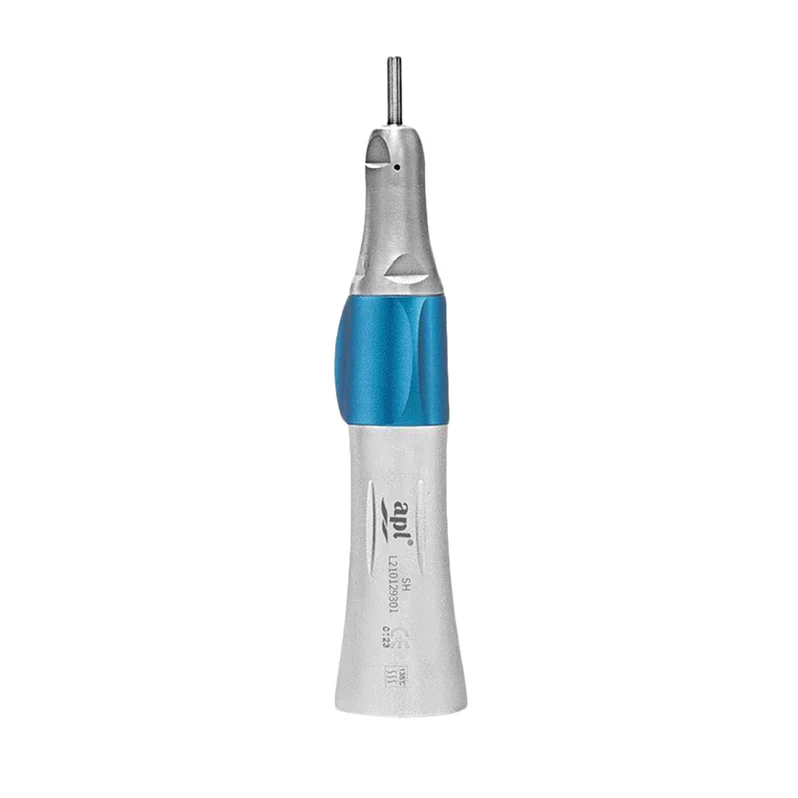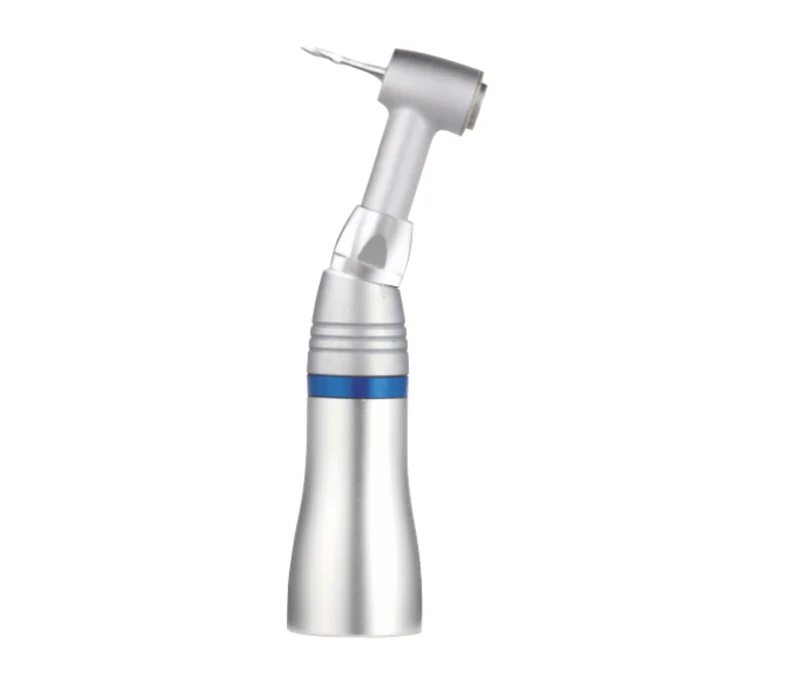The STAR NiTi Flex rotary files, designed for root canal treatments, are part of the third generation of instruments. These files are incredibly easy to use and are designed to assist in the cleaning and shaping of the root canal system in line with Schilder’s objectives. They require minimal effort while providing outstanding results for clinicians.
Key Features:
- Cyclic Resistance
- 350% more resistant to cyclic fatigue
- Improved resistance to cyclic fatigue for enhanced durability
- Triangular cross-section with sharp cutting edges for efficient cutting
- Gold Treatment
- Crafted from an advanced memory alloy with an elegant dark gold finish
- Controlled memory files that enhance precision
- Gold thermal treatment improves cutting efficiency and performance
- High Flexibility
- Extreme flexibility to navigate any canal shape
- Super-flexible gold alloy ensures smooth movement within the canal
- Tip Design
- Advanced tip process to avoid creating steps
- Safety tip design prevents apical transportation, reducing the risk of damage
- Rust-Free
- Corrosion-resistant materials for long-lasting performance
- Disinfection
- Fully autoclavable for safe reuse in clinical settings
Step-by-Step Instructions:
For optimal cleaning and shaping of root canals, we recommend the Crown Down Technique. Begin by enlarging the coronal two-thirds of the canal using an 8% or 6% taper file, then proceed to shape the apical third with a file of a smaller taper (4% or 6%).
- Coronal Patency: After straight-line coronal access is achieved, assess the working length (WL) and create a glide path using an ISO #15 K file.
Step 1: Start with the 08/17 file to open the orifice, moving gently forward without applying apical pressure. Check patency with ISO #10 K file and irrigate and lubricate the canal as needed.
Step 2: Use the 03/15 file to reach WL, moving forward without pressure. If resistance is encountered, recapitulate with an ISO #15 K file. Check patency again with ISO #10 K file and irrigate the canal.
Step 3: Insert the 04/20 file for anatomical inspection to WL, moving in a slow, controlled motion. If resistance occurs, return to the previous step. Ensure patency with the ISO #10 K file, irrigate, and lubricate.
Step 4: Use the 06/20 file to shape the middle third of the canal. Take this file to WL, using gentle movements without pressure. If resistance is felt, return to the previous step. Check for patency and irrigate and lubricate.
Step 5: For larger canals, use the 04/25 and 06/25 files to enlarge the apical part of the canal to WL. Continue using slow, controlled movements without pressure. If resistance occurs, revert to the previous step. Always check for patency with the ISO #10 K file and irrigate and lubricate.
The STAR-Flex method is straightforward and effective for both dental students and experienced clinicians. Regardless of the tooth or root canal complexity, following this sequence ensures the best results. We recommend clinicians follow each step in the file sequence without skipping for optimal performance.
Related Product
Search
3-layer mask with an elastic band (1 piece)
Study history up to 30 days Up to 5 users simultaneously Has HEALTH certificate
3 Layer Disposable Protective Face masks
Study history up to 30 days Up to 5 users simultaneously Has HEALTH certificate
3-Ply Ear-Loop Disposable Blue Face mask
Study history up to 30 days Up to 5 users simultaneously Has HEALTH certificate
Disposable Face mask for Unisex
Study history up to 30 days Up to 5 users simultaneously Has HEALTH certificate


























